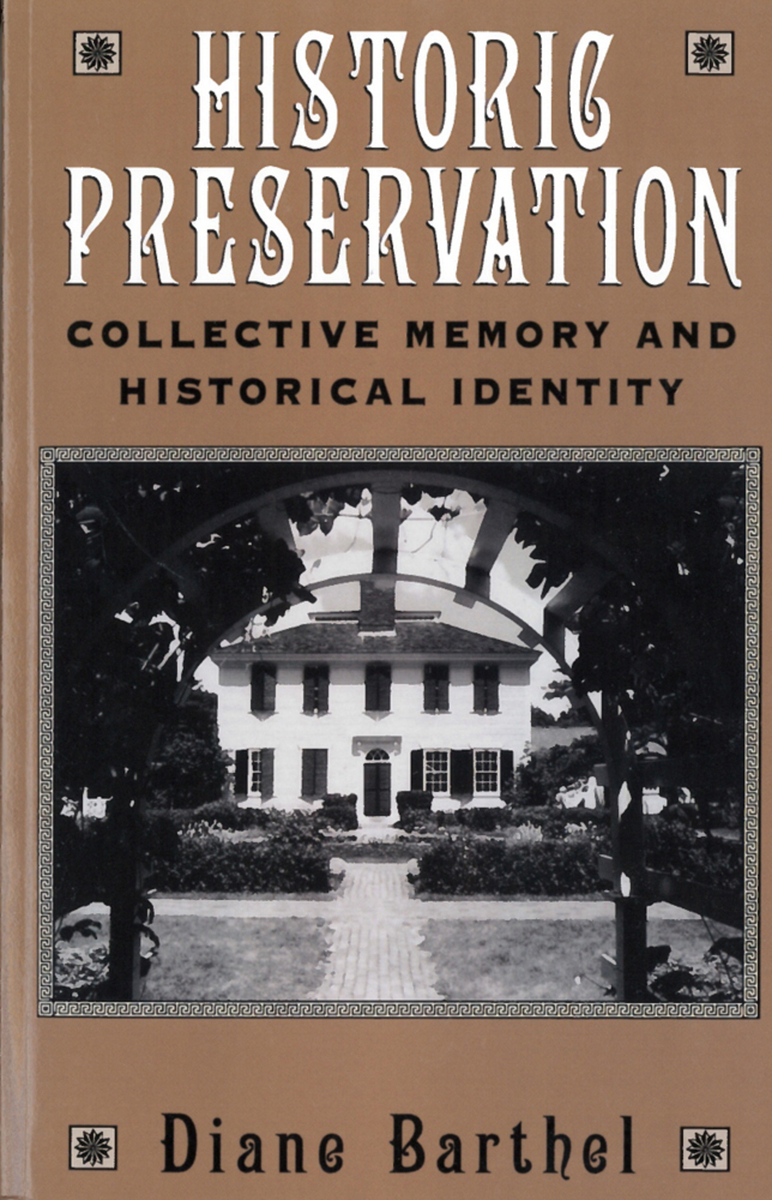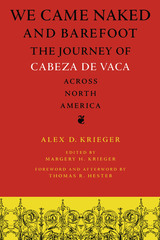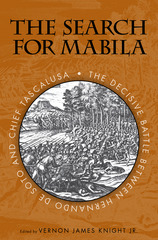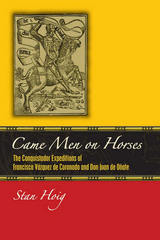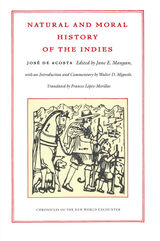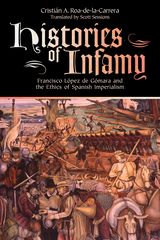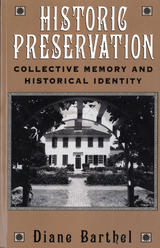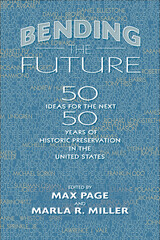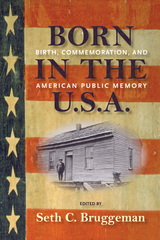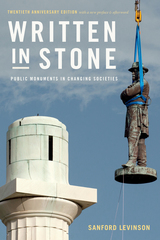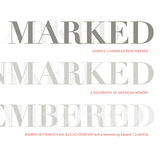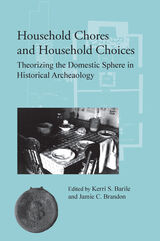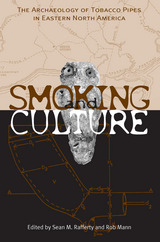Historic Preservation: Collective Memory and Historic Identity
Rutgers University Press, 1996
eISBN: 978-0-8135-5688-8 | Cloth: 978-0-8135-2292-0 | Paper: 978-0-8135-2293-7
Library of Congress Classification E159.B275 1996
Dewey Decimal Classification 363.690973
eISBN: 978-0-8135-5688-8 | Cloth: 978-0-8135-2292-0 | Paper: 978-0-8135-2293-7
Library of Congress Classification E159.B275 1996
Dewey Decimal Classification 363.690973
ABOUT THIS BOOK | AUTHOR BIOGRAPHY | TOC
ABOUT THIS BOOK
Historic preservation is a cultural movement gaining momentum and adherents throughout Europe and the United States. How do we decide what to preserve and how to preserve? Who benefits from the efforts of preservationists, curators, developers, and other "symbolic bankers" to safeguard an increasing variety of structures for future generations? Diane Barthel raises these and other questions in this important new book. Taking a comparative approach, Barthel finds that preservation in Britain has largely been an elite enterprise aimed at preserving traditional values. In the United States, by contrast, the pattern is much more dynamic and democratic, though also more permeated by commercialism. Is preservation becoming another means of consuming history, like media representations or "historic" shopping outlets? Or does it have a special significance as a very tangible means of getting in touch with our collective and individual pasts? These and other issues--including war and remembrance, agrarian and industrial preservation, and religious preservation in a secular society--demonstrate the significance of what Barthel calls "the Preservation Project" and why we all have a stake in how our history is reconstructed and interpreted.
See other books on: Barthel, Diane | Collective Memory | Group identity | Historic preservation | Nationalism
See other titles from Rutgers University Press
